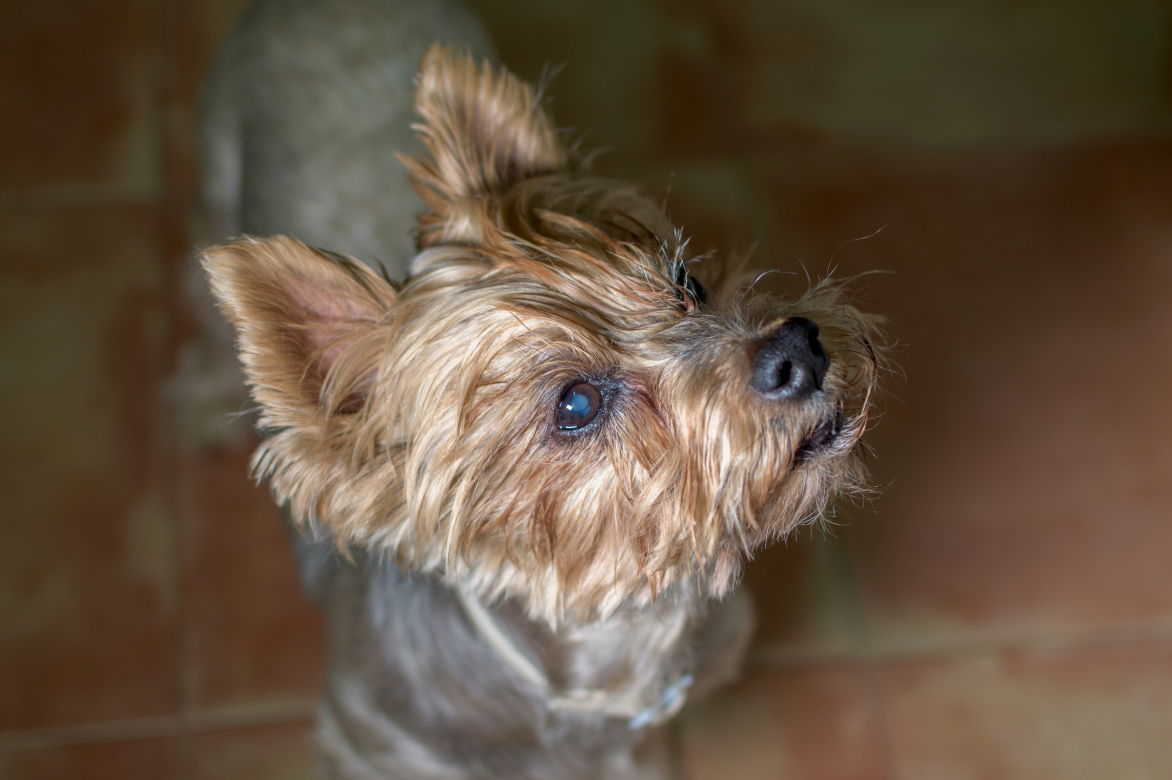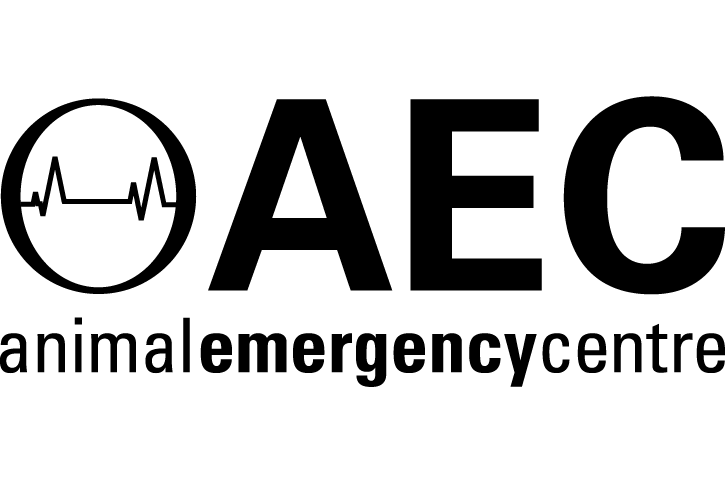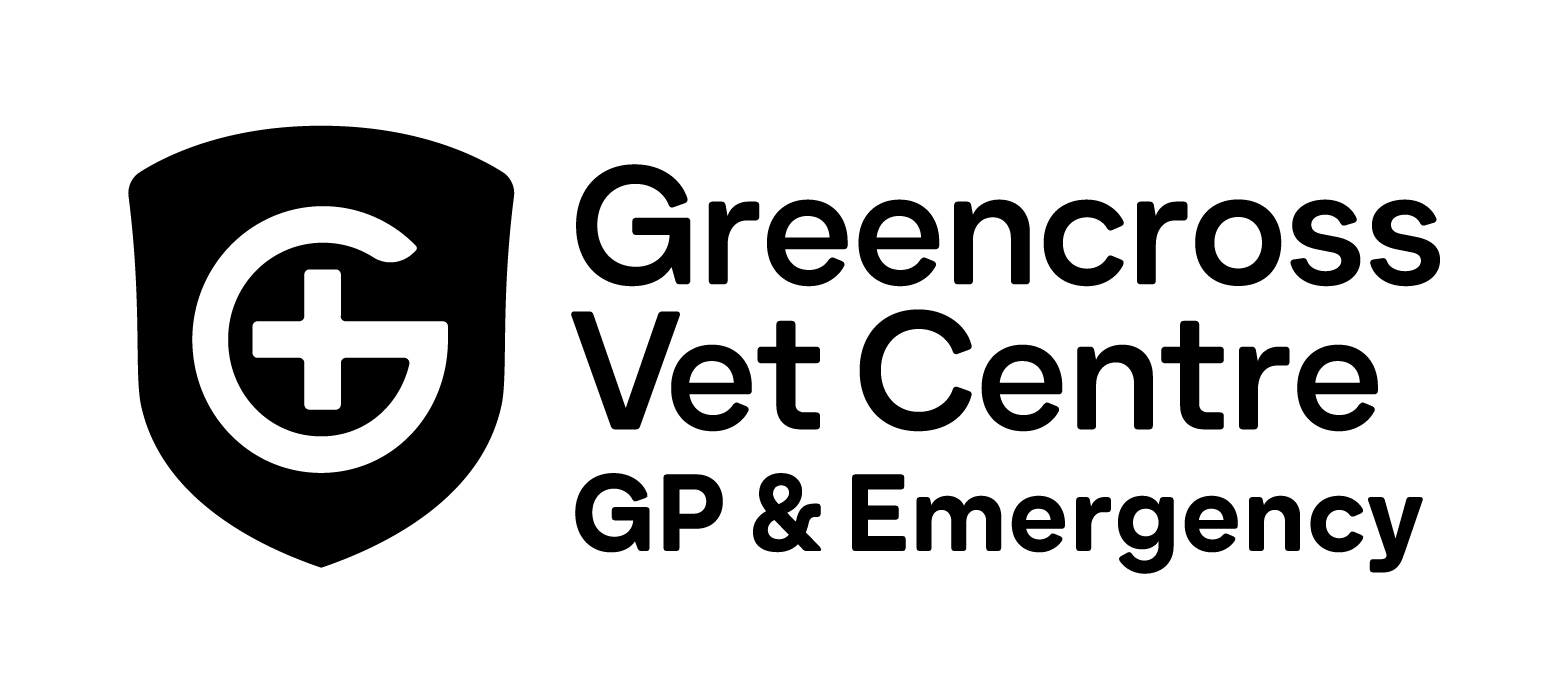A Guide to Cataracts in Dogs
Cataracts are a relatively common eye condition in dogs that can result in vision impairment and even blindness if left untreated. Here’s what you need to know about the causes, symptoms and treatment options for protecting your dog’s eye health.
Understanding cataracts in dogs
Cataracts occur when the lens of the eye becomes cloudy, stopping light from passing through to the retina and resulting in blurred vision. They can affect one or both eyes and vary in severity — from small, localised areas of cloudiness to complete opacity of the lens. While cataracts can develop at any age, they tend to be more common in older dogs.
Living with a dog with cataracts
If your dog has been diagnosed with cataracts, there are ways to help them adjust and maintain their quality of life. Dogs can still lead a very happy life, even with poor vision, they just need additional support to help them adjust. For one, don’t start rearranging the furniture or add any new obstacles to your dog’s living space, as this can cause confusion and accidents. Dogs are very good at working out a mental map of their environment, based on touch, smell and sound. Keep the environment as consistent as possible and remove any hazards/access to hazards, e.g. put barricades/gates on open verandahs, tall staircases, make sure their resources are easily accessible, etc.
Train your dog to respond to verbal commands to help guide them through their environment when needed. And, of course, watch for any changes in your dog’s vision, such as increased cloudiness or signs of discomfort.
Cataracts can impact your dog’s vision and everyday life, but with proper care and management, your furry friend will be able to enjoy a good quality of life. The AREN Network’s veterinary specialists are here to provide guidance and treatment options if your dog has cataracts. Find your closest vet emergency hospital today.
You can read more of our specialist veterinary news and stories here.
For referring vets, please use our online referral form to submit a case enquiry.
Our Network
Animal Referral & Emergency network is the largest specialty and referral network in Australia, consisting of over 20 sites. With over 1,200 dedicated team members, including over 600 nurses and over 390 veterinarians (including specialists and registrars), we provide exceptional care for your pets. Count on us for expert medical attention and comprehensive veterinary services.
.png)


.png)








